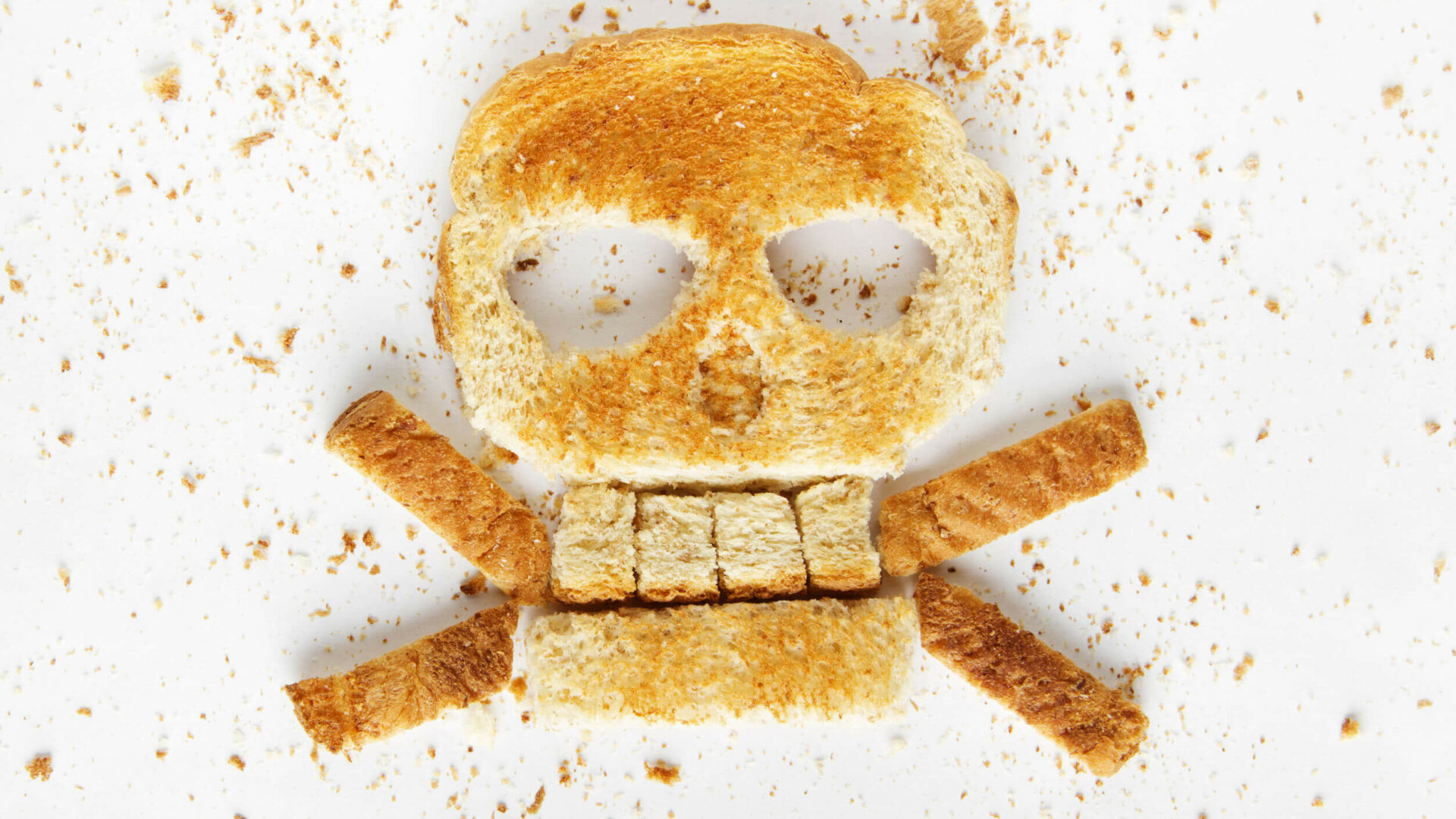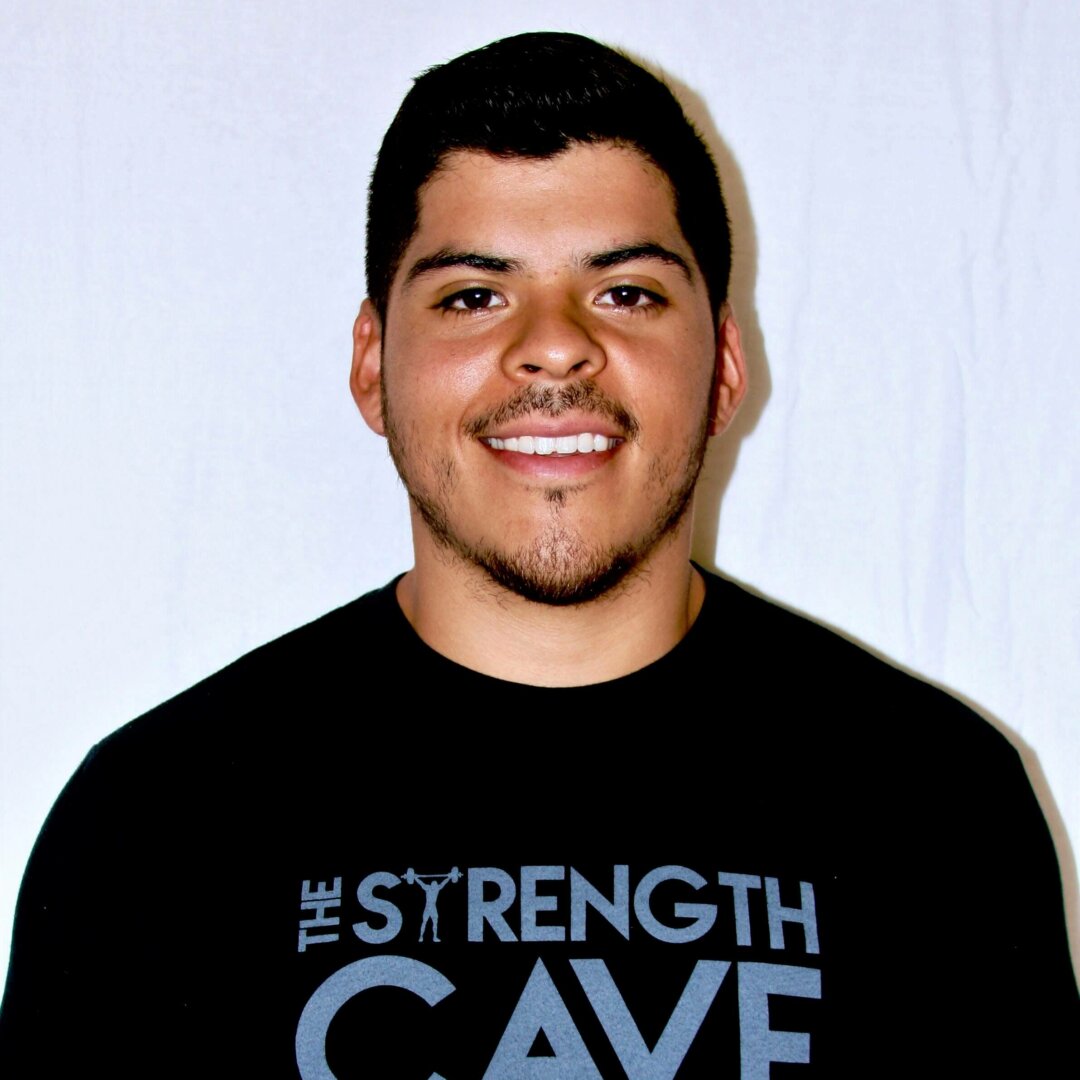It seems that everyone in fitness has a thing with carbohydrates. Most people love them and choose to eat a lot of them in their diet. Others demonize them and prefer to leave them out (almost) entirely. Interestingly, carbohydrates are not completely necessary in our diet. Other nutrients like certain amino acids and fatty acids cannot be manufactured in the body, which makes them “essential.” Carbohydrates don’t fall into this category. We can make the sugars and such we need from other substances in our body. This is why some people have advocated a low carbohydrate diet. So, if we don’t need them, why eat them?
Well, it turns out that eating carbohydrates makes it much easier for us to perform certain tasks. This is especially true when it comes to performing at our best. But in spite of this, there is still a lot of conflicting information about carbohydrate intake. The sport and/or activities you engage in will dictate carbohydrate intake to a large degree. Marathon runners definitely need high levels of carbohydrate in their diet, but do all athletes need the same amount? Should powerlifters and weightlifters be “carbing up” for their sport? It’s important to understand how many carbs you should be eating in order to maximize performance without potentially harming your health.
Aerobic Activity
You might be aware that many endurance athletes “carb up” prior to big races. This serves as a tool to maximize the amount glycogen that is stored in their body. That way, when they are out there running the race, they can delay fatigue as long as possible. You see, when running an endurance race, there may come a time when you “hit the wall.” Your will to continue running is thoroughly tested and your body screams at you to stop running. This is most often, but not always, associated with heavy depletion of glucose/glycogen availability. Put simply, your body senses that glycogen and glucose are running low and tries to get you to stop exercising.
This phenomenon is one of the worse things that can happen if your goal is to perform your best in a race. So, in order to combat this, endurance athletes need to keep their glycogen stores high most of the time. Carbing up is a great way to make sure things are fully topped off. However, endurance athletes still need to consume a diet that is high in carbohydrates. At least that’s what the research has said up to this point. When comparing constant high carbohydrate (CHO) diets to lower carbohydrate strategies, high carb diets have consistently led to better performance [1][4].
So how many carbs should you be eating as an endurance athlete? The International Olympic Committee provides guidelines based on the intensity of your training [2]. Moderate duration/low intensity endurance exercise would be well supported by 5-7g/kg of CHO per day. Those who engage in heavy endurance training would need somewhere between 7-12g/kg of CHO per day. And if you happen to be an extreme endurance athlete (marathon, ultramarathon, triathlon), you may need more than 12g/kg each day.
Resistance Training
You may be wondering how carbohydrate intake would affect weight training efforts. You definitely work hard in the gym when lifting those heavy weights, but even though there is a certain level of glycogen depletion associated with resistance training, it isn’t as drastic as you might think. As such, the carbohydrate needs of a resistance training athlete are not as drastic as endurance training.
To restate, the minimum CHO intake for endurance athletes would be 5g/kg each day. In contrast, this number may represent the upper limit of carbohydrate intake for resistance training athletes. A strength athlete who weighs around 200lbs (~90kg) would be ingesting upwards of 450g of CHO in this scenario. Unless your name in Alberto Nuñez, this is probably enough CHO to get the job done. Even so, this may be too much for some people. Therefore, intake levels of 2-5g/kg is a good starting place for serious strength athletes.
It is important to note that CHO intake is not necessarily essential for strength athletes. Low carbohydrate intake has a far lesser impact on resistance training compared to endurance training. One study showed that 30 days of ketogenic dieting did not affect strength and power in elite gymnasts [3]. Other studies have shown similar results. So if you are someone who does not enjoy CHO in their diet, you can still do quite well in your resistance training efforts.
Mixed Modal
Another interesting area of training where CHO can be important is mixed modal exercise. This is the category that encompasses Crossfit style workouts. If you are engaging in high intensity mixed modal exercise, CHO is going to play a role.
Interestingly, the Crossfit community tends to gravitate towards Paleo, and even Ketogenic dieting strategies. This could stem from a predisposition toward fitness fads or perhaps an affinity for “clean/healthy” eating. Whatever the case, the diets these individuals adopt often limit carbohydrate intake either directly or indirectly. However, this is not a very good idea for mixed modal athletes.
Although it may not require as much CHO as intense endurance training, mixed modal still takes a toll. If you train seriously for this sport, you likely combine both resistance training and metabolic conditioning. Sometimes these training sessions even happen twice in one day. That conditioning work requires either highly intense effort, or longer sustained efforts. Either way, CHO is going to fuel a lot of that effort. Restricting CHO in your diet will inevitably lead to performance detrements for this sport.
In this case, the CHO requirements for mixed modal training lies somewhere between resistance training and endurance training needs. Somewhere between 3-7g/kg of CHO per day is probably adequate. This will of course depend on how hard and often you train. But again, it would not be a good idea to combine low CHO diets with high level mixed modal training.
Recreational Athletes
All of these recommendations get thrown around for higher level athletes who compete in a given sport, but not everyone who works out is trying to compete in a sport. Many of us are just want to try our hand at a given training style for recreation only. Moreover, our lives outside the gym may be fairly sedentary in nature (Think desk jobs with 1-2 hours of gym time). If this is the case for you, you may not need to follow the guidelines explained above.
If you happen to enjoy running a few miles several times a week, it isn’t super important to keep high levels of CHO in your diet. For one, you aren’t burning a ton of calories the same way you would from 1-3 hours of endurance training. And second, you are not likely going to be racing for trophies and record. Therefore, you can get away with lower CHO if you want.
The same goes for Resistance Training and Mixed Modal training. Lifting weights already requires fewer carbs even if you want to win a weight lifting competition. So, if you lift weights just for fun, don’t force feed yourself carbs. Even if you train in a Crossfit style, you still can get away with fewer carbs. This is especially true if your WOD is lower intensity or if you workout say 3 times a week.
Of course, if you enjoy CHO in your diet, feel free to include them. Just be aware that you may not be burning as many calories as you think unless you are really training like an athlete. Shoveling several hundred grams of carbs into your mouth with reckless abandon likely won’t do you many favors in terms of health and body composition.
Conclusion
Carbohydrates are the more mysterious of the macronutrients. Unlike protein and fat, carbs are not essential in our diet. As such, specific recommendations for carbohydrate intake are hard to come by. However, there are still some general ideas that we can go by depending on our lifestyle.
Endurance athletes require the most CHO of all. This is because of the direct relationship between fatigue and carbohydrate depletion. Next comes the mixed modal athletes given the high intensity nature of their workouts. Interestingly, the CHO requirements of resistance training athletes is far less pronounced. Not a lot of glycogen is depleted from a 1 hour resistance training workout. In fact, you may be able to get away with a ketogenic diet as a strength athlete.
Recreational exercisers also have a far smaller requirement for CHO. Even if they engage in crossfit or endurance training, they will burn far fewer calories and deplete far less glycogen compared to higher level athletes. This means we have to balance our CHO intake with our needs and personal preference if we want to remain healthy and perform well.
References
- Achten, J., S. L. Halson, L. Moseley, M. P. Rayson, A. Casey, and A. E. Jeukendrup. 2004. Higher dietary carbohydrate content during intensified running training results in better maintenance of performance and mood state. Journal of Applied Physiology 96 (4): 1331–1340.
- Burke, L. M., B. Kiens, and J. L. Ivy. 2004. Carbohydrates and fat for training and recovery. Journal of Sports Science 22 (1): 15–30.
- Paoli A, Grimaldi K, D’Agostino D, Cenci L, Moro T, Bianco A, et al. Ketogenic diet does not affect strength performance in elite artistic gymnasts. J Int Soc Sports Nutr. 2012 Dec;9(1):34–9.
- Widrick, J. J., D. L. Costill, W. J. Fink, M. S. Hickey, G. K. McConnell, and H. Tanaka. 1993. Carbohydrate feedings and exercise performance: Effect of initial muscle glycogen concentration. Journal of Applied Physiology 74 (6): 2998–3005.

